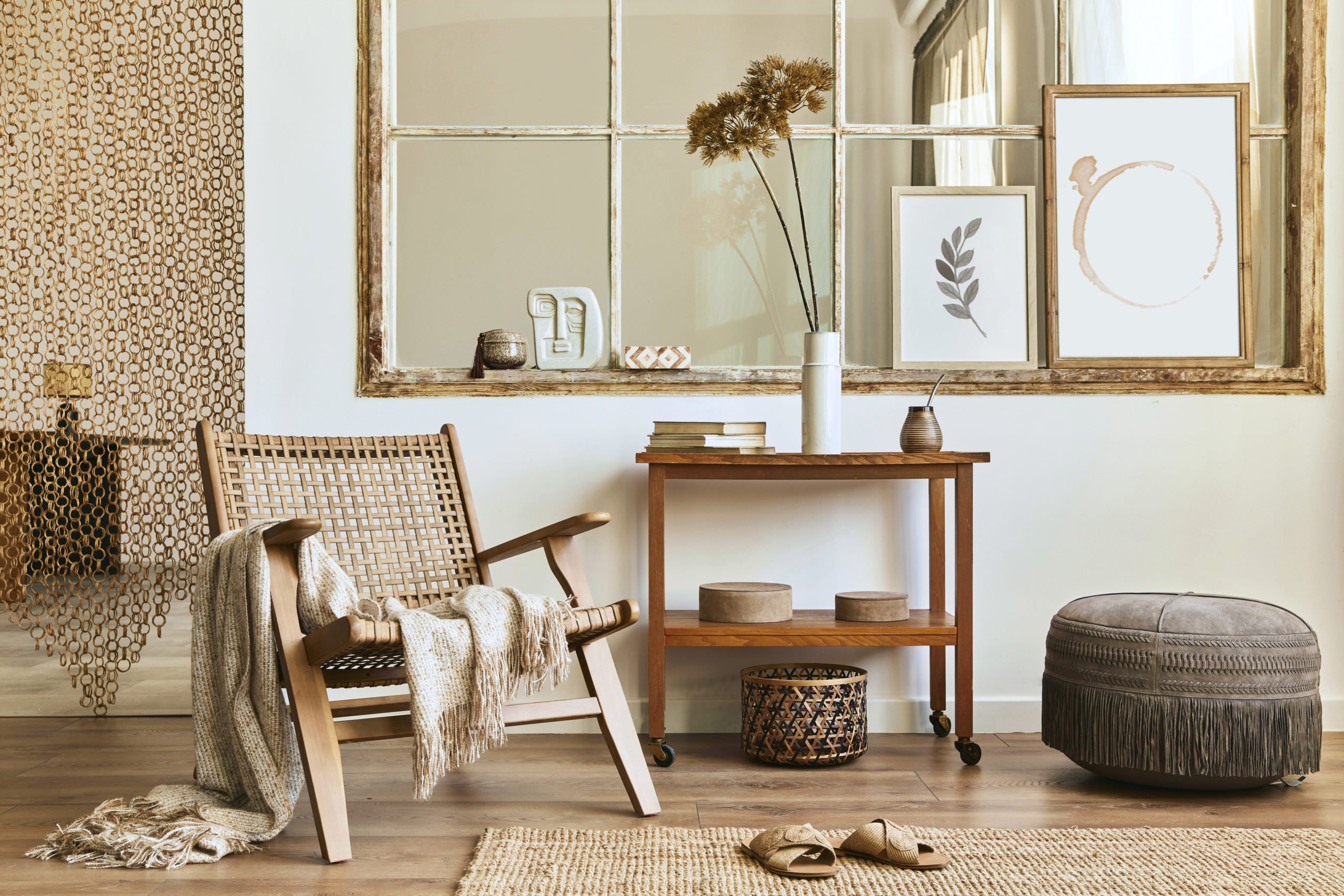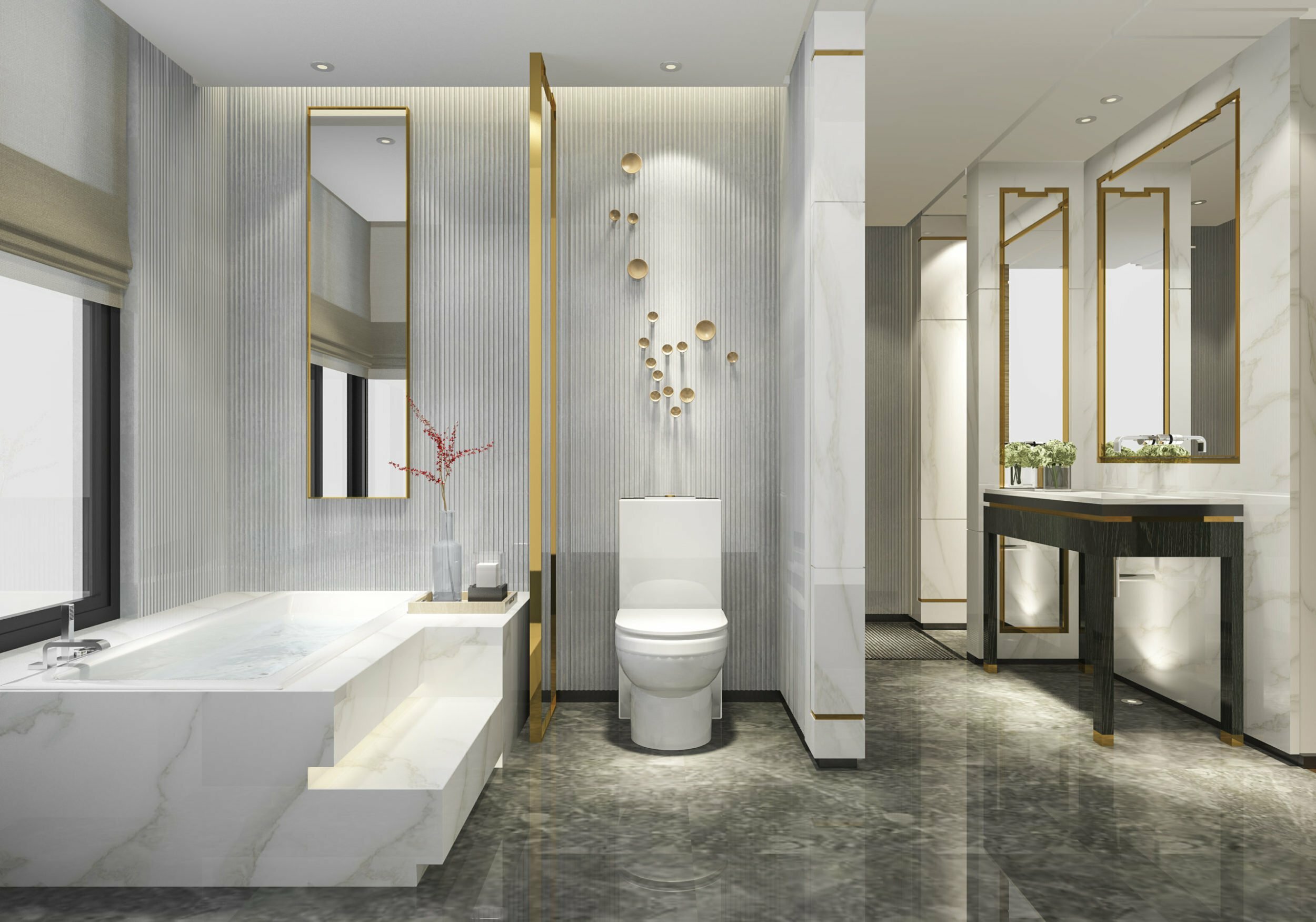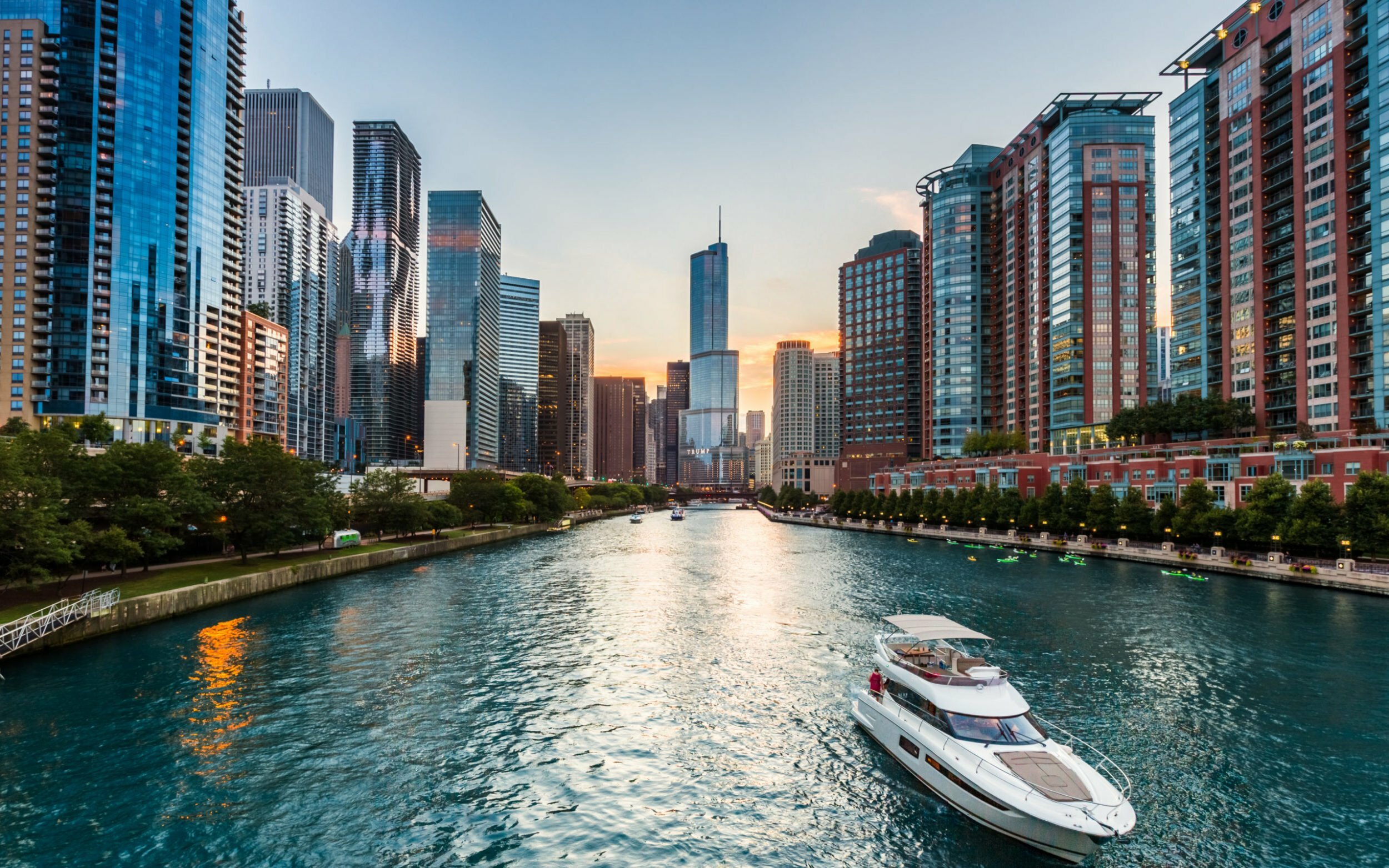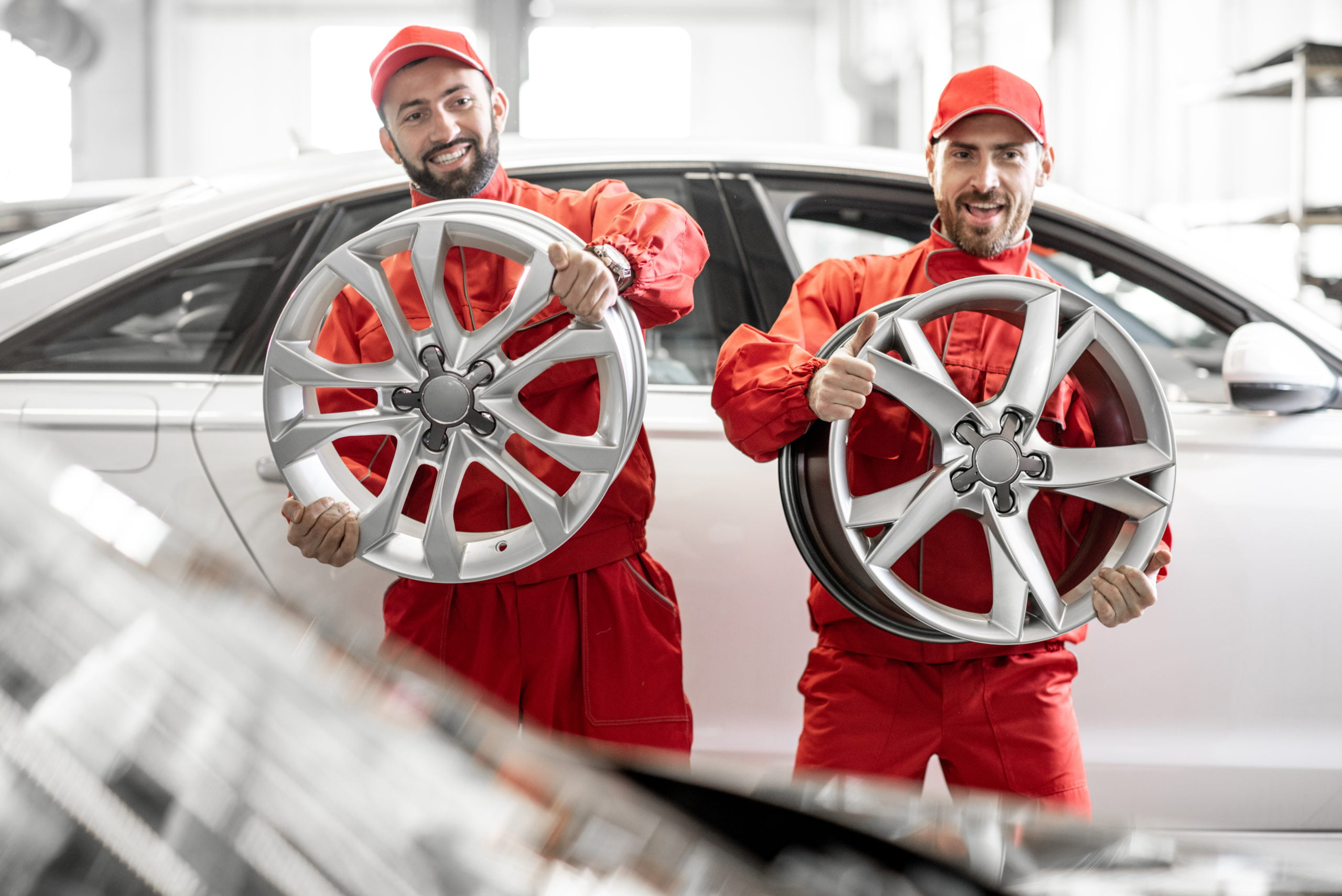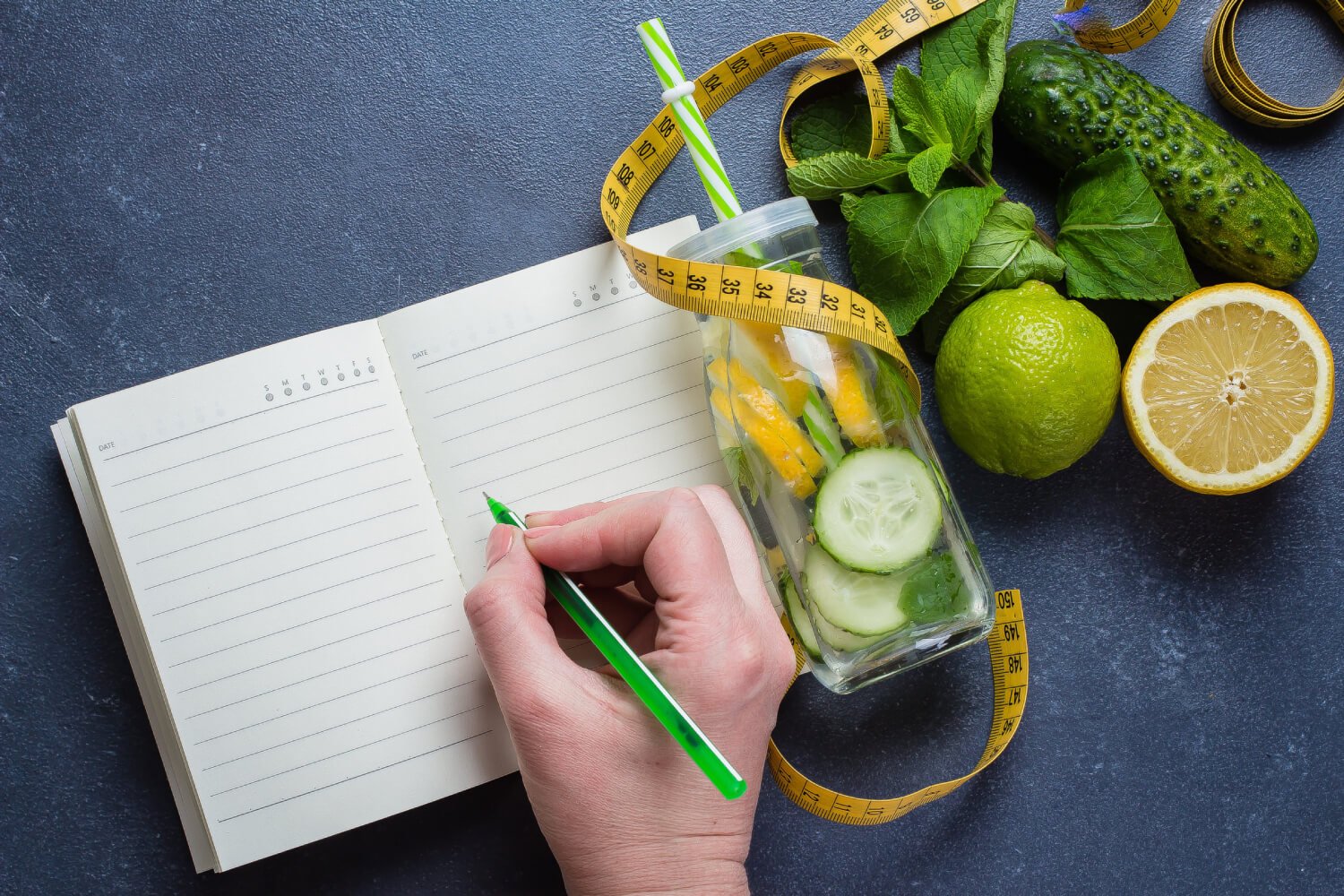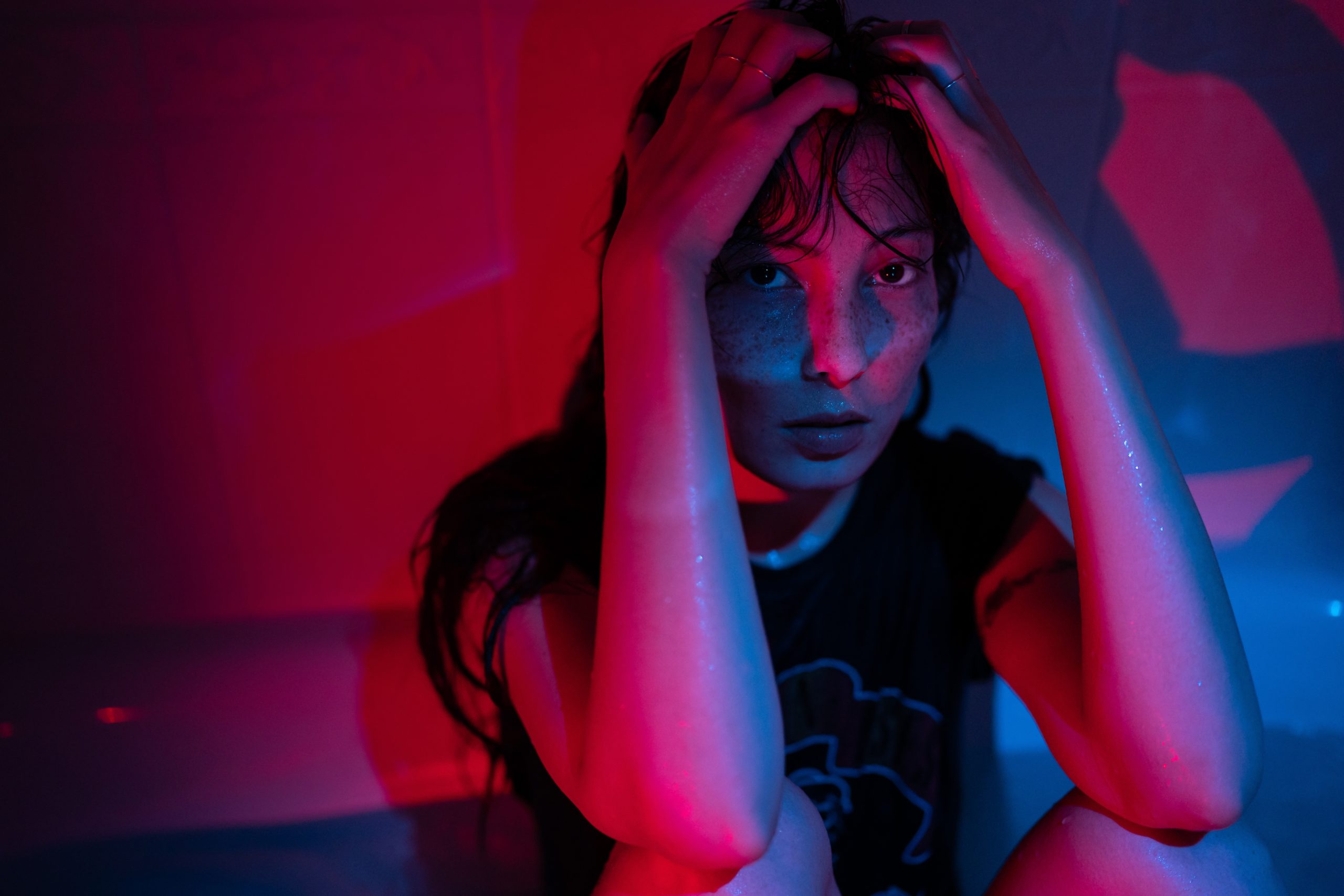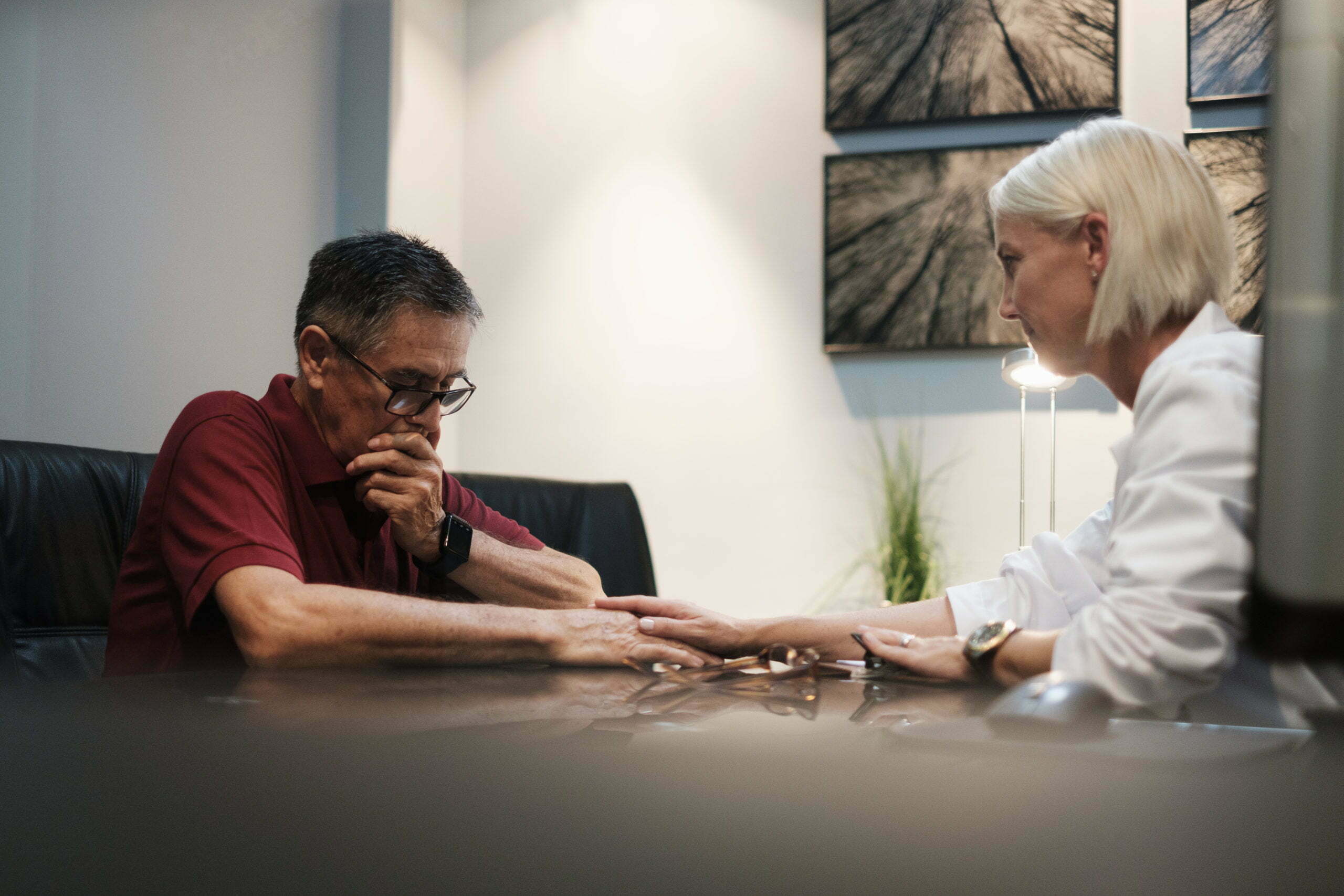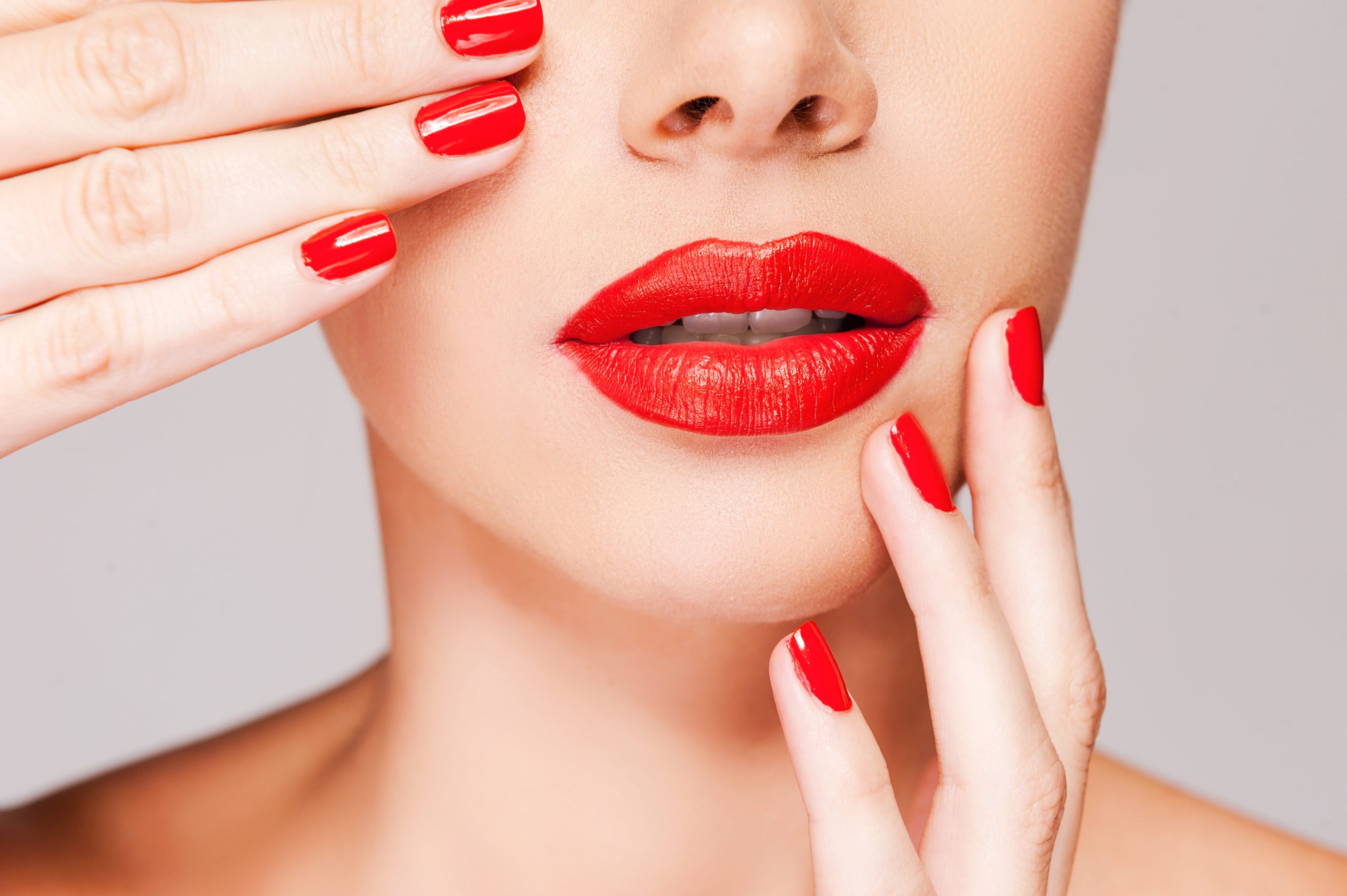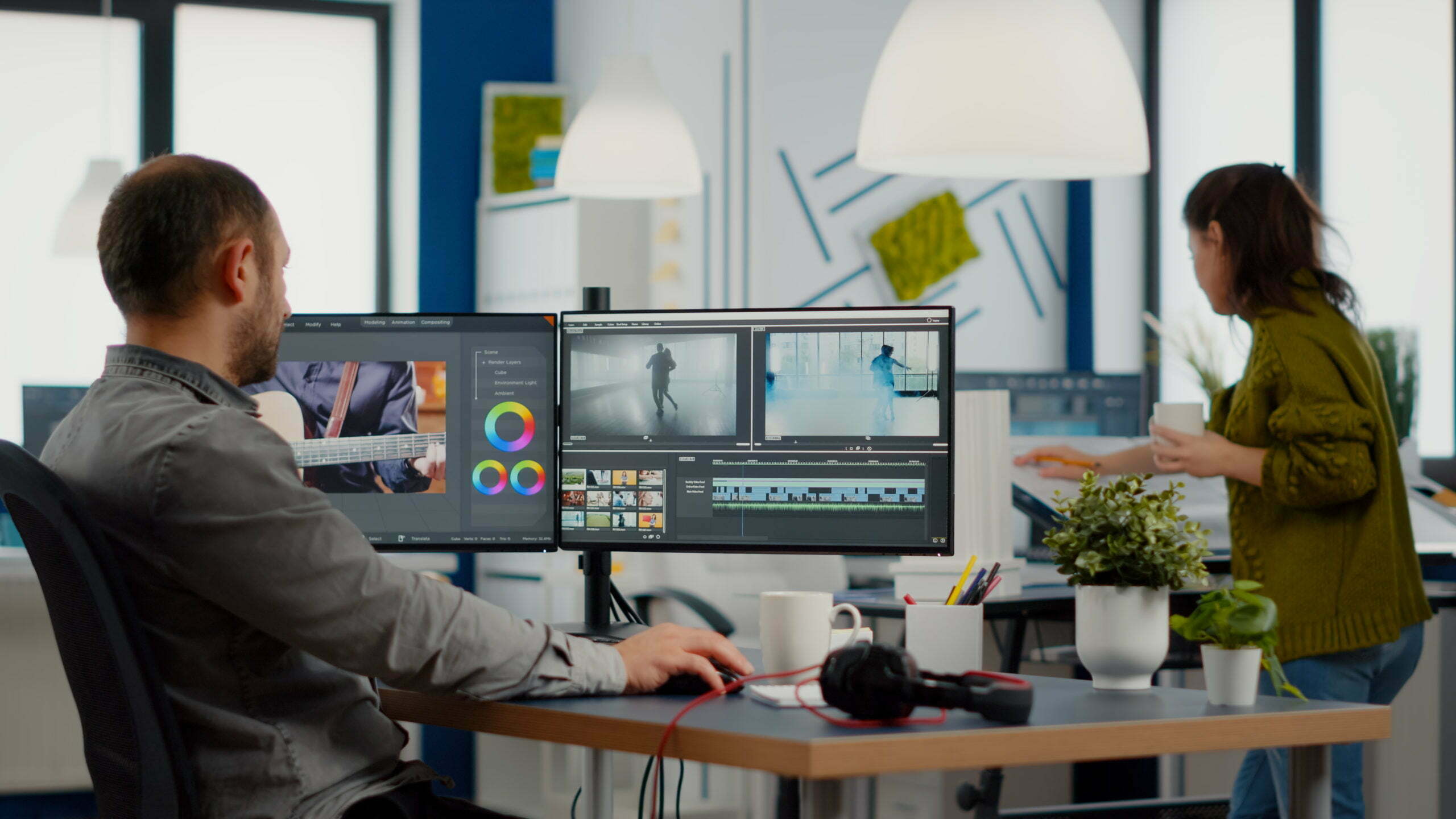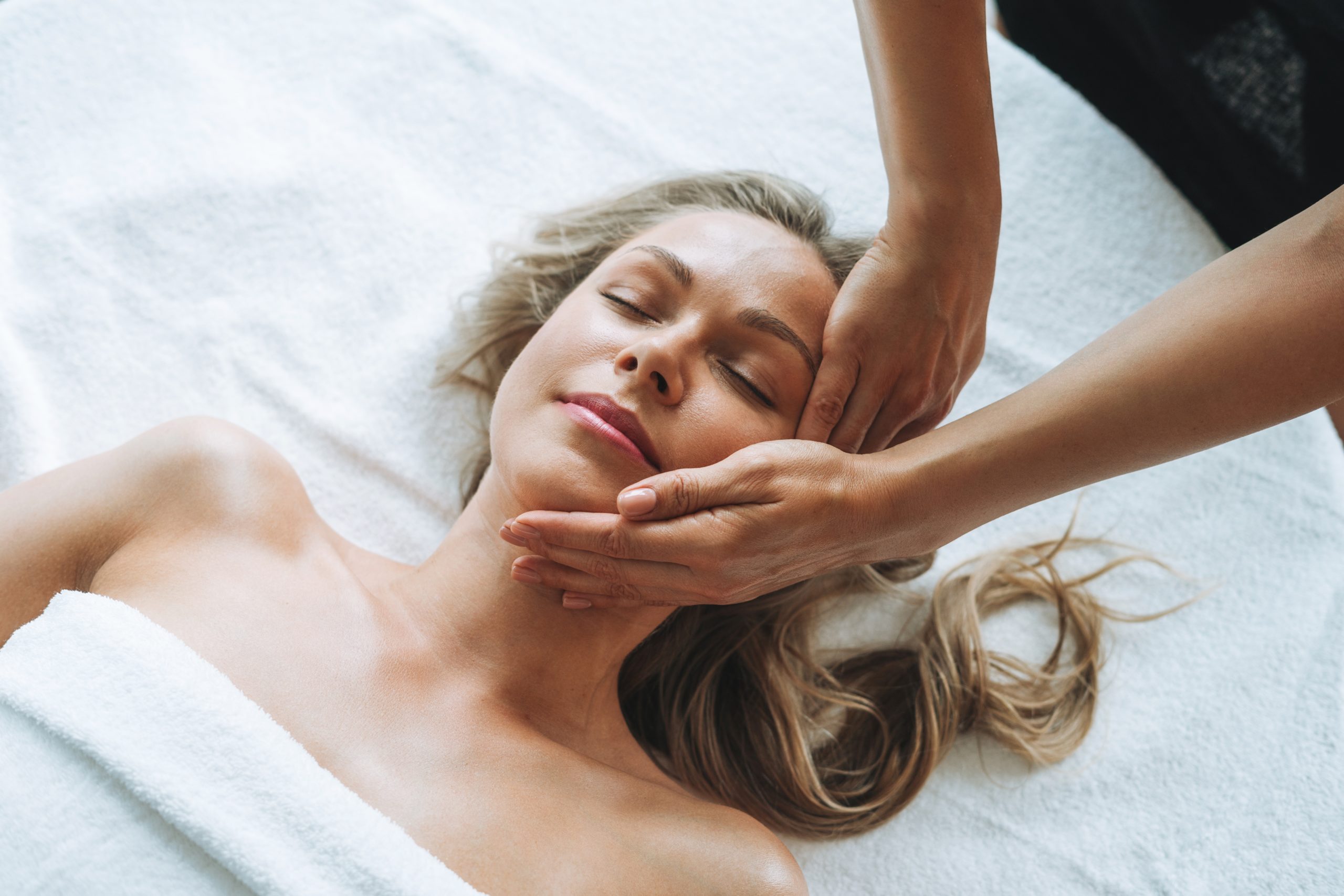In order to make a great film, you need great film equipment. Film equipment rental options are often the most affordable and convenient way to get the gear you need for your project. From cameras to tripods and everything in between, we have what you need to make your project a success. Keep reading for more information on the film equipment you’ll need for your upcoming project.
Cinema Cameras
If you’re like most filmmakers, you’re always on the lookout for new and innovative ways to improve your films. One way to do this is by using cinema cameras. While there are many different types of cameras available on the market, these cameras offer some unique benefits that other types of cameras don’t. For example, these cameras typically have a wider aperture than other types of cameras, which allows for more light to enter the lens. This can be helpful when filming in low-light conditions. Cinema cameras also have a higher frame rate than other types of cameras, which can result in smoother-looking footage. Finally, these cameras typically have a longer zoom range than other types of cameras, which can be helpful when filming scenes from a distance.
Lighting

A successful film production requires more than just talented actors and a great script—it also needs good lighting. Lighting is key for setting the mood, creating the right atmosphere, and highlighting the most important elements of the scene. Without proper lighting, your film could end up looking amateurish and unfinished. There are a variety of different types of lighting that you can use in your next film project, depending on the look and feel you’re going for. Here are a few of the most common types:
- Natural Light: This is probably the most basic type of lighting, and it’s often used in documentaries and other “realistic” films. Natural light can be beautiful and natural-looking, but it can also be difficult to control and can vary greatly depending on the time of day and weather conditions.
- Artificial Light: Artificial light can be very versatile, and it comes in a variety of different forms including tungsten, fluorescent, and LED. It can be easily controlled and is a great choice for creating specific looks and effects.
- Studio Lighting: Studio lighting is a great choice for controlled environments, and it can be used to create a wide variety of different looks. It’s often used in fashion and product photography.
Grip Equipment
If you’re looking to equip your film production crew with the best possible gear, you’ll need to invest in some grip equipment. This specialized gear is used to hold and secure cameras, lights, and other equipment, and can make all the difference in the quality and professionalism of your final product.
Some of the most important grip equipment items include clamps, arms, mounts, and stands. Clamps can be attached to any surface and used to hold lights, reflectors, and other gear in place. Arms and mounts are used to attach cameras and other equipment to various surfaces, such as poles or tripods. And finally, stands can be used to support lights, reflectors, and other gear.
Microphones
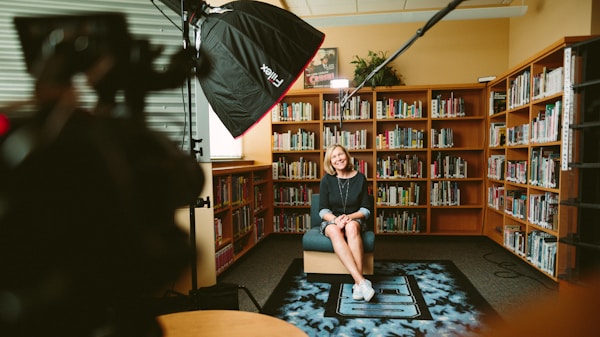
When it comes to microphones for film projects, there are a few different things to consider. The type of microphone, the placement of the microphone, and the environment in which the microphone will be used all play a role in the sound quality of the final product.
One of the most popular types of microphones is the condenser microphone. These microphones are known for their clear sound quality and are ideal for recording vocals and acoustic instruments. There are a variety of condenser microphones on the market, and some of the favorites include the Rode NT1-A and the Blue Yeti. Another popular type of microphone is the shotgun microphone. These microphones are designed for capturing sound from a distance, making them perfect for recording interviews, video footage, and nature sounds.
Overall, when it comes to filming your next movie project, it’s important to have the right film equipment. Not only will this help ensure that the project is executed smoothly and efficiently, but it can also help improve the overall quality of the final product.



